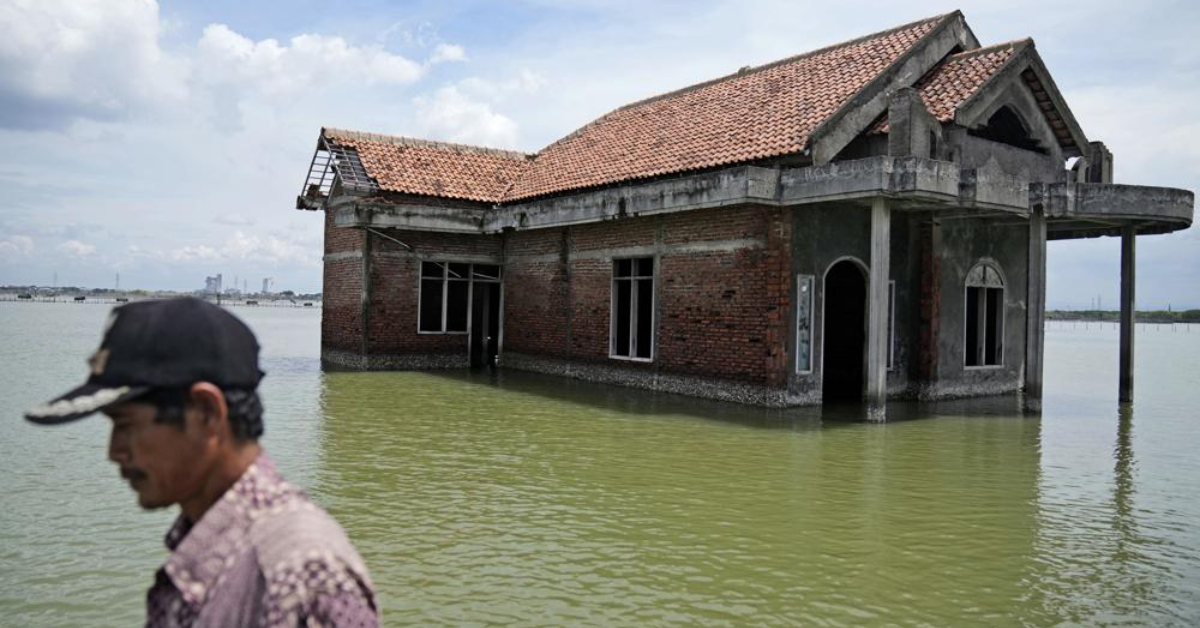Climate hazards such as flooding, heat waves and drought have worsened more than half of the hundreds of known infectious diseases in people, including malaria, hantavirus, cholera and anthrax, a study says. Researchers looked through the medical literature of established ca…






